
I got the new Raspberry Pi 4 8GB few weeks ago, and I took at the same time a kit of four heat sinks designed for the RPi 4. Let’s see the processor temperature of the new RPi4 8GB with and withtout those heat sinks.
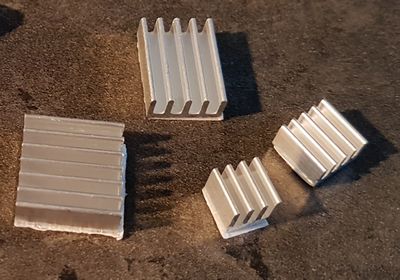
1 – Raspberry Pi 4 8GB without heat sinks
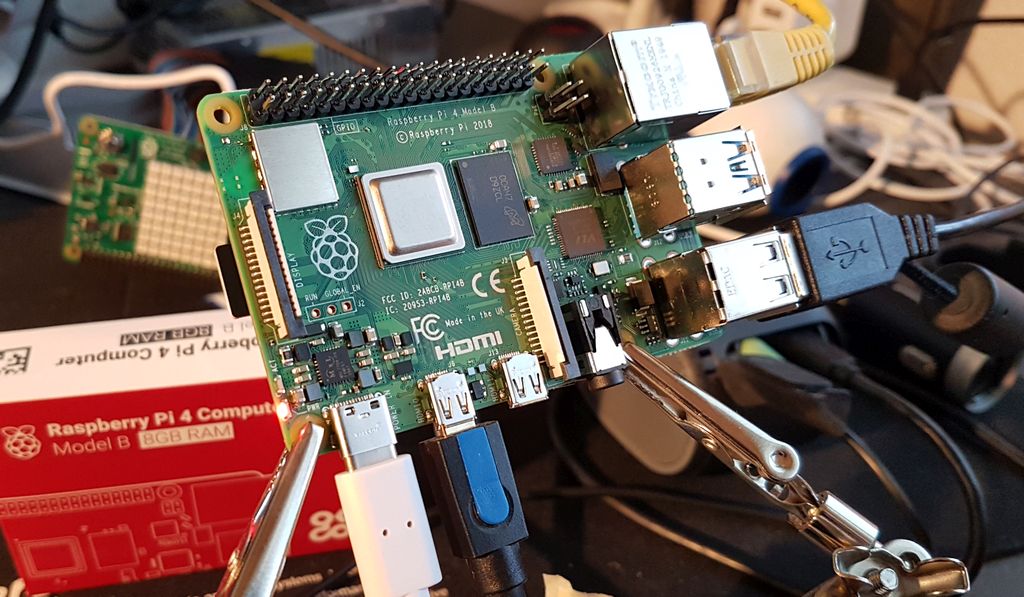
At idle (with the latest Raspberry Pi OS), the temperature of the processor was 55°C. The temperature has been measured with GL-Z as well as with RaspiOS built-in widget. The ambient temperature in the room was 21°C.
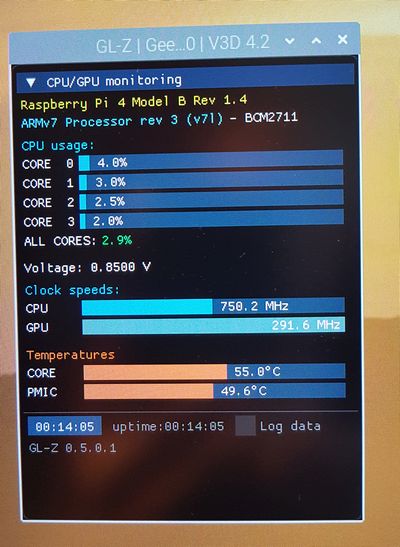
Since an up to date version of the firmware is very important (see this article), I also checked the firmware version with the following command:
$ sudo rpi-eeprom-update
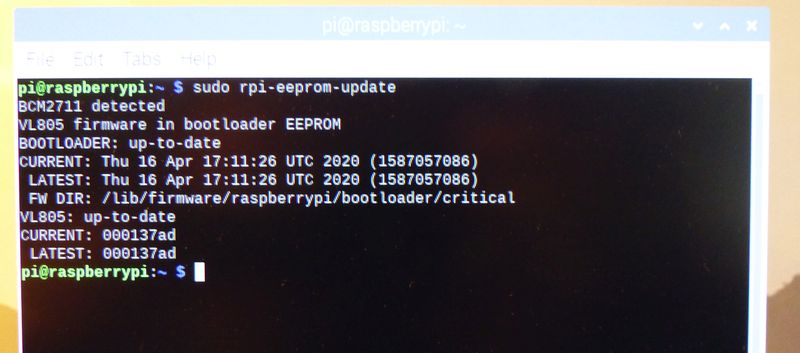
Perfect!
To stress test the Raspberry Pi 4, I used YAFFplayer. YAFFplayer is nice stress test tool because it has a multi-threaded video decoder (so the four cores of the RPi 4 CPU are loaded) and video is displayed using OpenGL. I played a 1920×1080 video until the temperature reached a maximum value of 74°C. As you can see on the following screenshot, the four cores are utilized and all clock speeds are pushed to the max.

74°C is a nice temperature for a Raspberry Pi 4 without heat sink.
2 – Raspberry Pi 4 8GB with heat sinks
Let’s put the heat sinks:
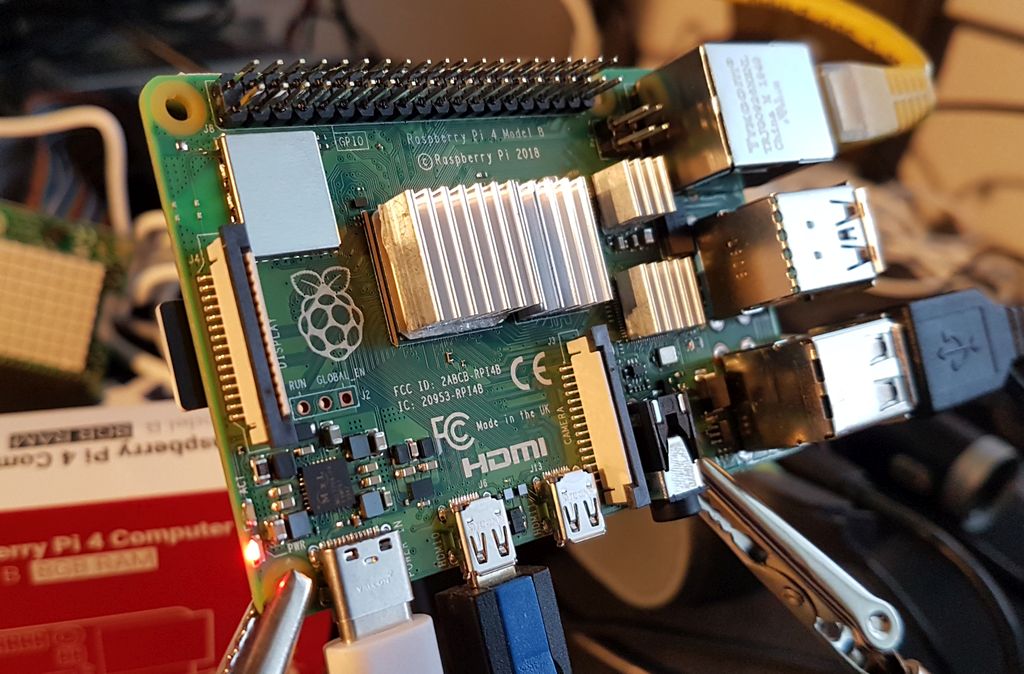
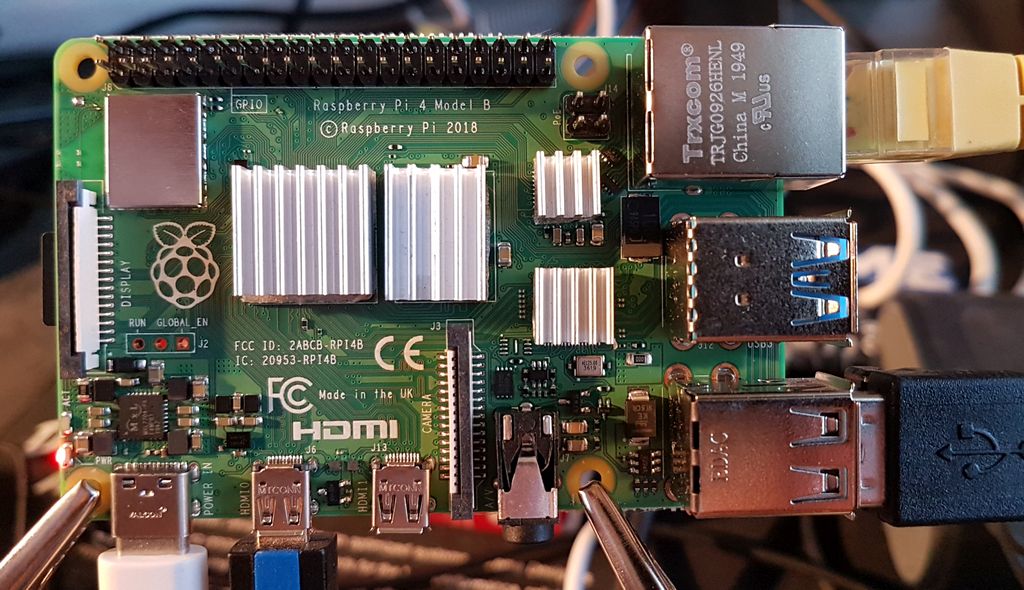
Temperature at idle: 52°C.
At idle, the heat sinks have an effect by removing 3°C.
Under load with YAFFplayer, the temperature reached 73°C. More or less the same value than without heat sinks.
A idle, these small heat sinks allow to reduce a bit the processor temperature but they are not very useful under load.
At the same time, all recent versions of the Raspberry Pi 4 have a better power consumption and temperature management compared to the first RPi 4 boards (80°C was a common temperature with those boards). So for moderate / short tasks, running the Raspberry Pi 4 without cooling is ok.
But a hot chip is never a good thing in the long term. If your really want to seriously reduce the temperature, a bigger cooler or an active cooler is required like this DIY cooler: ugly but efficient (32°C at idle).
What software GL_Z were you using with the Raspi 4? I downloaded from your website and got for the raspi “gl_z_temp_raspi/GLZ_0.5.0_rpi_gl2” but cannot run it on a Raspi 4, running with 64bit ubuntu (exactly the ubuntu_MATE distribution). I would like to see how effective the JOY-IT armor case is.
thank you!
The version of GL-Z for the Raspberry Pi has been compiled for Raspbian Buster / Raspberry Pi OS in 32-bit. So I’m not surprised it does not work on your ubuntu 64-bit.
I use armoured passive heat sink.
Idle temp 52c.
Thrashing the cpu all cores 70c.
Then added a Corsair fan from pc. Placed the fan on 4 legs above the pi 4.
Used a PSu with diff… voltage settings to change speed.
The fan on low speed … all cores full stress test. Max temp 39c idle 28c.
Works brilliantly. Whisper quiet.
Can you post a picture?